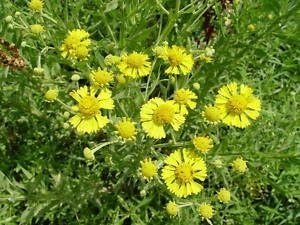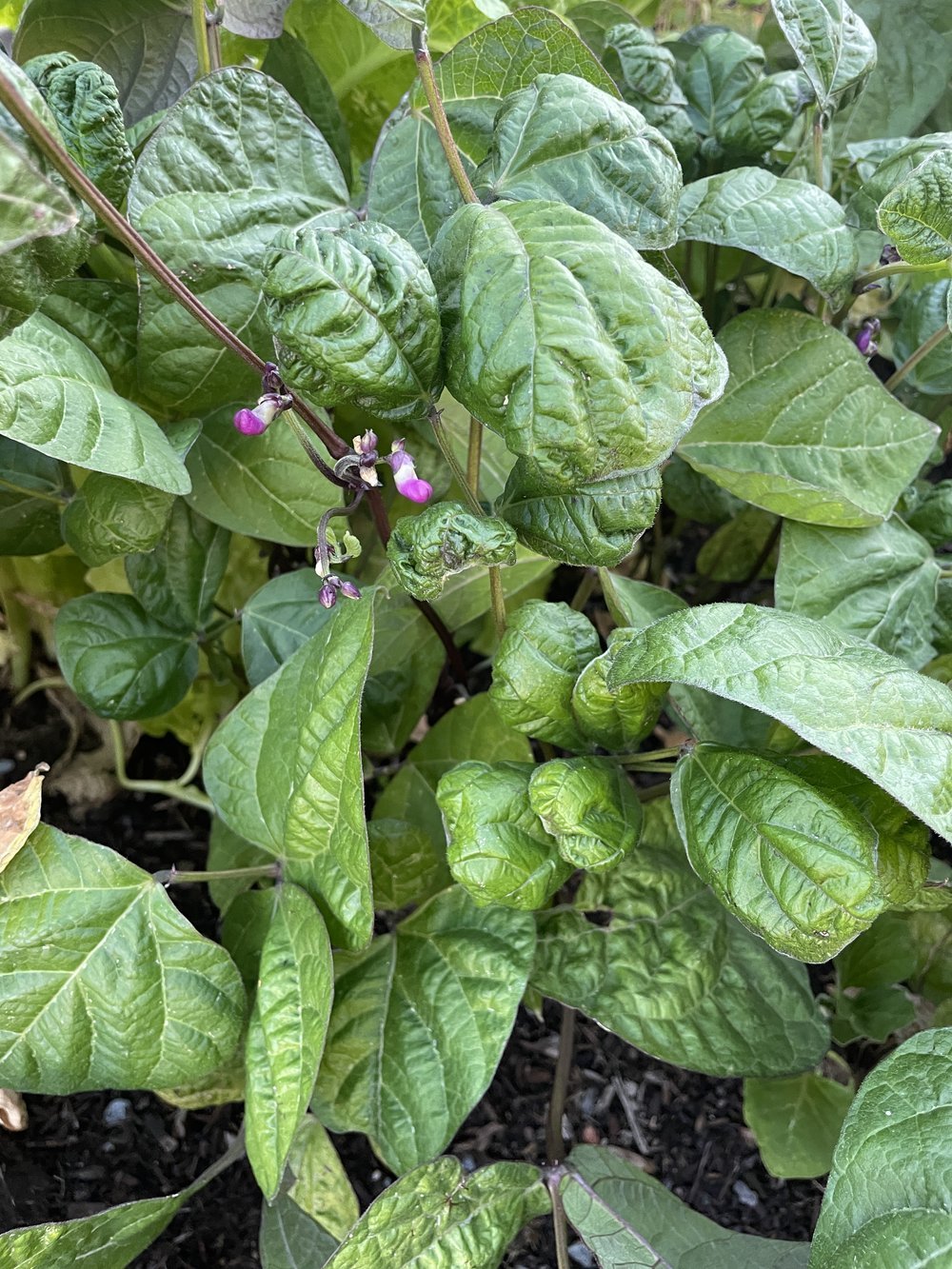Index of Farmer's Market Online® Guides
Farm Kitchen
Breads
Chocolate
Coffee
Corn
Curry
Raisins
Spices and Culinary Herbs
Tea
Good Spirits & Fine Liqueurs
Bourbon
Brandy
Gin
Rum
Tequila
Vodka
Whiskey
Home & Garden
Candles
Dough Figurines
Wreaths
In Season
Air Plants
Aloe Vera
Artichoke
Asparagus
Basil
Blackberries
Blueberries
Blood Orange
Cabbage
Catnip
Cranberries
Egyptian Walking Onions
Figs
Garlic
Grapefruit
Kale
Kohlrabi
Pawpaw
Peaches
Pecans
Peppers
Pomegranates
Pumpkin
Shelling Beans
Sour Cherries
Meats & Fish
Turkey
Nuts & Grains
Chestnuts
Plants
Air Plants
Azaleas
Bigleaf Hydrangea
Bonsai
Bronze Dutch Clover
Camellia
Carnivorous Plants
Catnip
Chestnut
Christmas Cactus
Cranberry
Easter Lily
Gentian
Heuchera
Mint
Orchids
Ornamental Cabbage
Ornamental Grasses
Pasque Flower
Pawpaws
Pinyon Pine
Poinsettia
Roseroot
Salvia
Sneezeweed
Voodoo Lily
Zinnia
Specialty Foods
Spices
Shelling Beans
What may look like a wilting mound of what were once luscious string beans is actually a seasonal treat known as a shelling bean.
Tinted with patterns of cream and crimson, this is a bean variety normally grown for drying which is sometimes found in markets for cooking fresh. It has a subtle sweet flavor with fresh earthy complexity.
These beans are in season for only two or three weeks, usually in August; get them when you can.
How To Choose Shelling Beans
Look for pods that have begun to shrivel and dry, with full-sized beans inside. These will be the most mature and have the best flavor.
How To Store Shelling Beans
If you're going to use the beans within a couple of days, simply refrigerate them in the pods. If you're going to store them for a little longer, shuck them first.
How To Prepare Shelling Beans
Shuck them and simmer with a little water and olive oil, some minced garlic or shallot, and maybe some fresh herbs. They cook quickly –usually in less than half an hour. You can add them to light summer stews and pastas, or serve them on their own as a side dish.







